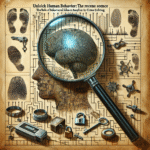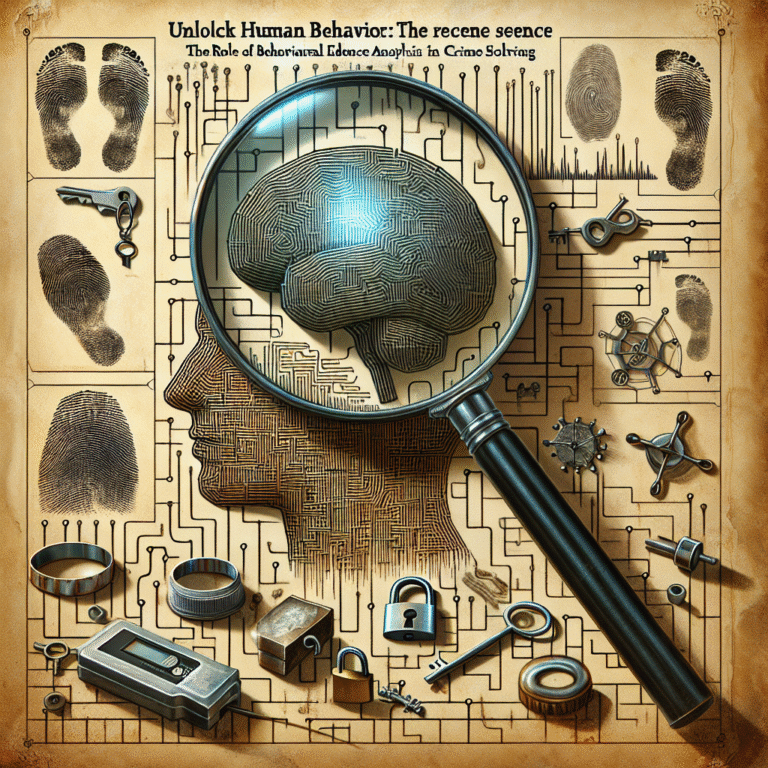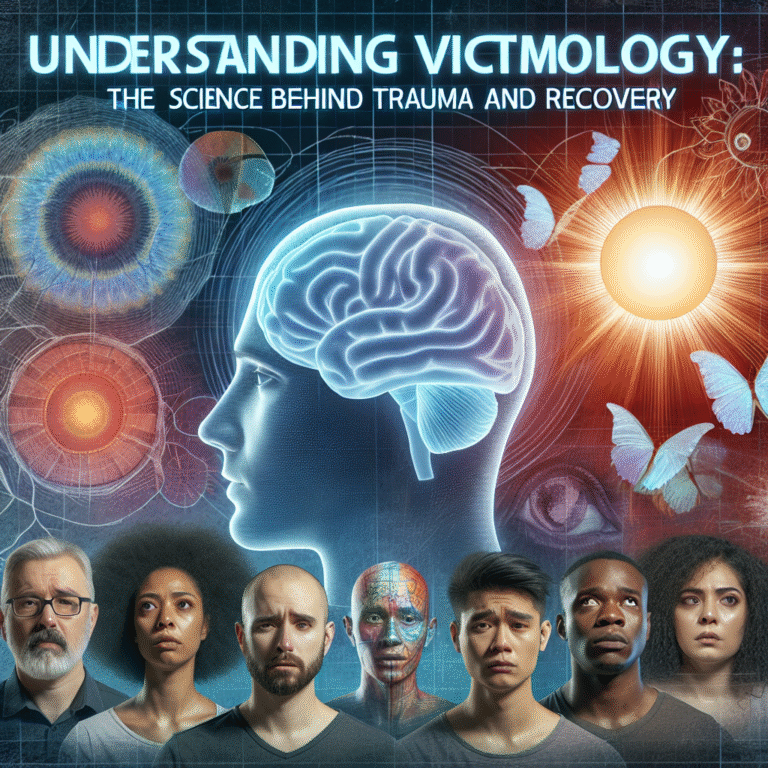
Introduction
In an age where data reigns supreme, the power of analytics can no longer be ignored, especially when it comes to understanding complex and sensitive issues such as radicalization. Radicalization, the process through which individuals come to adopt extremist beliefs, poses a significant challenge to societies worldwide. As governments and organizations seek effective strategies to prevent extremism, the importance of data-driven insights in shaping policy decisions cannot be overstated. In this comprehensive article, we will explore how radicalization assessments, backed by robust data, can lead to more informed, effective, and proactive policy decisions.
The Importance of Data in Understanding Radicalization
The complexities of radicalization necessitate a multifaceted approach. Data-driven insights provide a lens through which policymakers can better understand the factors that contribute to extremist thoughts and behaviors. From socio-economic status to the influence of social media, the factors driving radicalization are diverse and interconnected.
Case Study: The UK’s Prevent Strategy
The UK’s Prevent strategy serves as an excellent example of data-driven radicalization assessments in action. With the aim of diverting individuals from becoming terrorists or supporting terrorism, the program focuses on identifying at-risk individuals through community engagement and statistical analysis. By collecting data on local demographics and historical incidents of radicalization, the UK has been able to tailor its interventions to specific communities, thus enhancing the overall effectiveness of its approach.
Key Insights from the Prevent Strategy
| Factor | Data Insights | Policy Impact |
|---|---|---|
| Age | Majority of cases are under 30 | Targeted youth outreach programs |
| Social Media Usage | Increased exposure to extremist content | Collaboration with tech companies to monitor platforms |
| Economic Background | Many recruits come from deprived areas | Investment in community development initiatives |
Through these data-driven insights, the UK has reshaped its policies to create more nuanced and effective strategies for combating radicalization.
The Role of Technology in Radicalization Assessments
As technology evolves, so do the methods for assessing radicalization. Data collection techniques, including social media analytics, machine learning, and artificial intelligence, offer unprecedented opportunities for understanding radicalization patterns. These technologies can sift through vast amounts of data to identify trends, anomalies, and warning signs.
Case Study: Social Media Analytics
An intriguing application of data-driven insights can be seen in organizations that utilize social media analytics to detect early signs of radicalization. Platforms like Facebook and Twitter generate enormous amounts of data daily, which can provide valuable insights into the conversational patterns associated with extremist ideologies.
Insights from Social Media Data
| Platform | Data Metric | Implication |
|---|---|---|
| Hashtag usage frequency | Identifying key topics of radicalization | |
| YouTube | Video view counts | Understanding which content is appealing to potential extremists |
| Group membership patterns | Pinpointing communities that may harbor radical ideologies |
Data-driven insights from social media analytics enable law enforcement and policymakers to respond swiftly and effectively to emerging threats, thereby shaping proactive measures to counter radicalization.
Community Engagement: A Data-Driven Approach
While technology plays a vital role, the importance of community engagement in radicalization assessments cannot be overstated. Data-driven insights, when combined with grassroots efforts, can foster stronger relationships between authorities and communities.
Case Study: The Netherlands’ Community-based Approach
In the Netherlands, counter-radicalization initiatives have embraced community engagement as a crucial strategy. By utilizing surveys and local data to assess vulnerabilities, authorities have created tailored intervention programs that resonate with residents.
Key Community Insights
| Data Point | Finding | Community Response |
|---|---|---|
| Youth participation rates | Low involvement in local activities | Launch of engagement programs for youth |
| Trust in authorities | High mistrust among minority groups | Establishment of community liaison officers |
By focusing on these data-driven insights, the Netherlands has successfully developed a community-informed model that enhances trust and fosters collaboration between authorities and community members.
Evaluating Policy Effectiveness Through Data
Once radicalization assessments inform policies, the next step is evaluating their effectiveness. Data-driven insights play a critical role here as well, allowing policymakers to measure the impact of their interventions and adapt strategies accordingly.
Case Study: Australia’s Counter-Terrorism Policies
In Australia, a recent review of counter-terrorism policies revealed key aspects that warrant adjustments. By analyzing arrest data, social media activity, and community feedback, policymakers were able to identify which strategies were working and which were not.
Metrics for Evaluation
| Metric | Findings | Policy Adjustment |
|---|---|---|
| Recidivism rates | Higher than anticipated | Introduction of diversion programs |
| Community feedback | Limited awareness of programs | Increased community outreach efforts |
By leveraging data-driven insights, Australia has refined its counter-terrorism strategies, making them more effective in preventing radicalization.
Framework for Implementing Data-Driven Radicalization Assessments
For policymakers aiming to integrate data-driven insights into their approaches to radicalization, a structured framework is essential. This framework should include the following key components:
1. Data Collection
- Identify Sources: Utilize diverse data sources, including social media, surveys, and historical records.
- Ensure Privacy: Prioritize ethical considerations and protect individual privacy during data collection.
2. Data Analysis
- Use Advanced Techniques: Employ machine learning and statistical analysis to identify patterns and correlations in the data.
- Collaborate with Experts: Engage data scientists and radicalization experts to ensure comprehensive analyses.
3. Strategy Development
- Tailored Interventions: Leverage data-driven insights to create intervention strategies that address the unique vulnerabilities of specific communities.
- Flexibility in Policy: Allow for adaptability based on ongoing data analysis.
4. Continuous Evaluation
- Establish Metrics: Define key performance indicators (KPIs) to measure the success of implemented strategies.
- Regular Reviews: Schedule frequent assessments to refine policies based on the latest data.
Conclusion
In a world increasingly challenged by extremism, the significance of data-driven insights in shaping radicalization assessments cannot be overstated. The ability to analyze complex datasets empowers policymakers to make informed decisions that can help prevent radicalization and foster community resilience. By combining technological advancements with the invaluable insights derived from community engagement, we can create a comprehensive approach to countering extremism and ensuring a safer future for all.
As we consider the critical implications of radicalization on personal freedoms, social cohesion, and national security, the call for responsible, data-driven policy decisions has never been more crucial. Let us take these insights and motivation to inspire collaborative action and forge communities built on trust, understanding, and mutual respect.
FAQs
1. What is radicalization?
Radicalization is the process through which individuals adopt extremist beliefs and ideologies, often leading to violent actions against individuals or groups.
2. How can data help in preventing radicalization?
Data can identify patterns and risk factors associated with radicalization, enabling policymakers to target their interventions more effectively.
3. What role do social media play in radicalization?
Social media platforms can amplify extremist narratives and provide a breeding ground for like-minded individuals, making them essential for analysis in radicalization assessments.
4. How can community engagement aid in combating radicalization?
Community engagement fosters trust between authorities and residents, allowing for better identification of individuals at risk and tailored interventions.
5. Are data-driven assessments always accurate?
While data-driven assessments provide valuable insights, they are not infallible. Continuous evaluation and adaptation are necessary to ensure effectiveness in policy decisions.
By integrating these data-driven insights, we can ensure that our approaches to radicalization are not only effective but also sustainable and respectful of the values that we hold dear.















